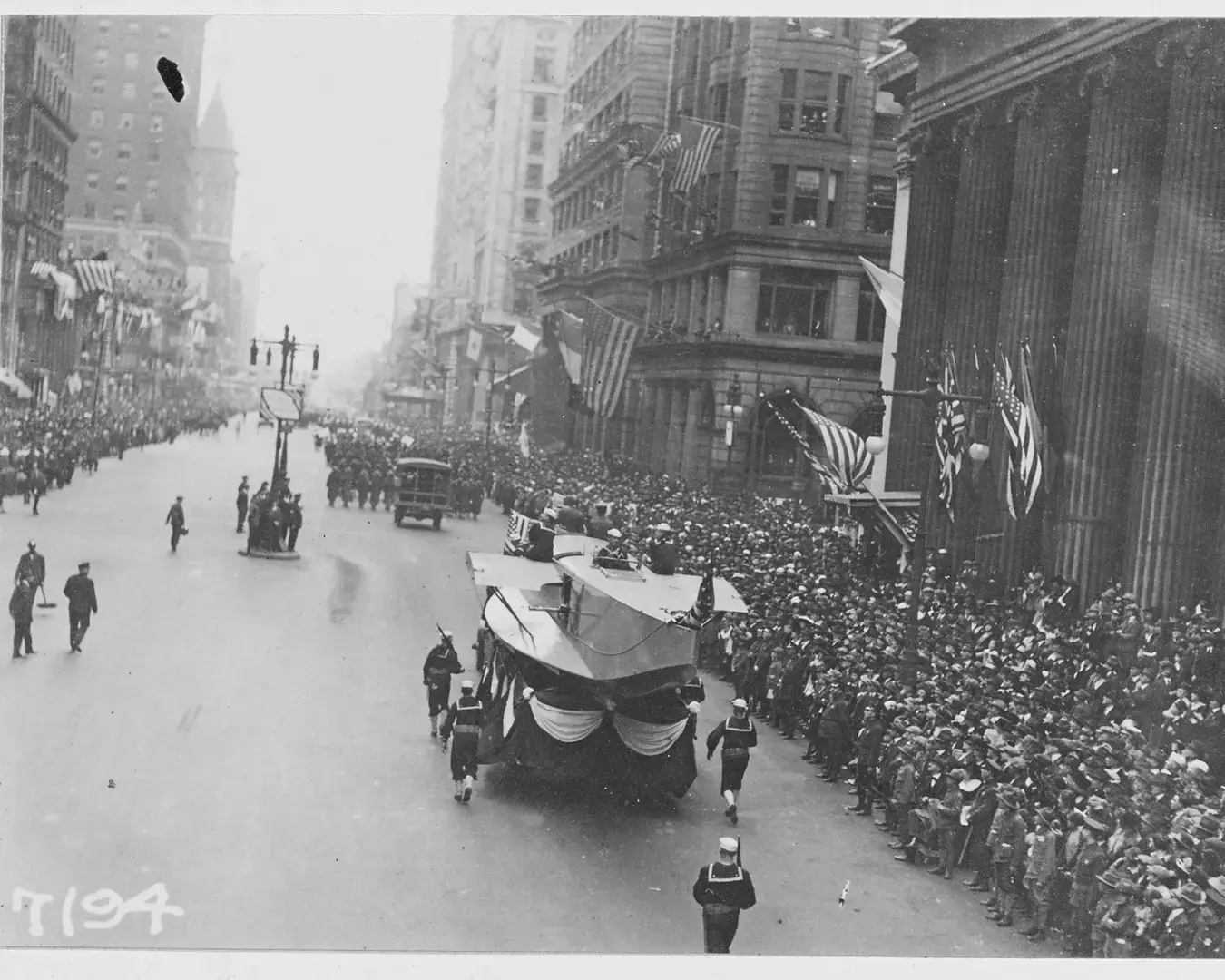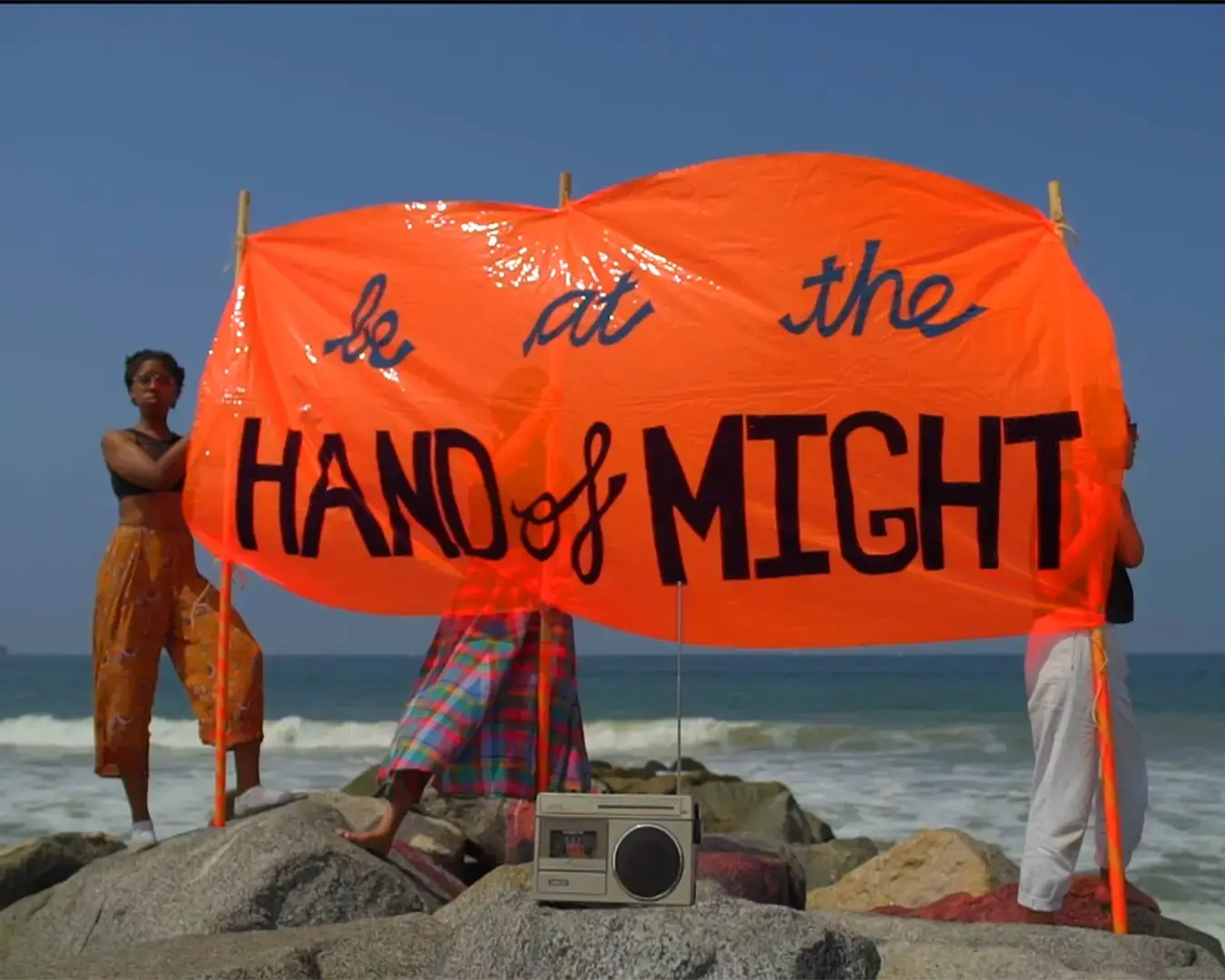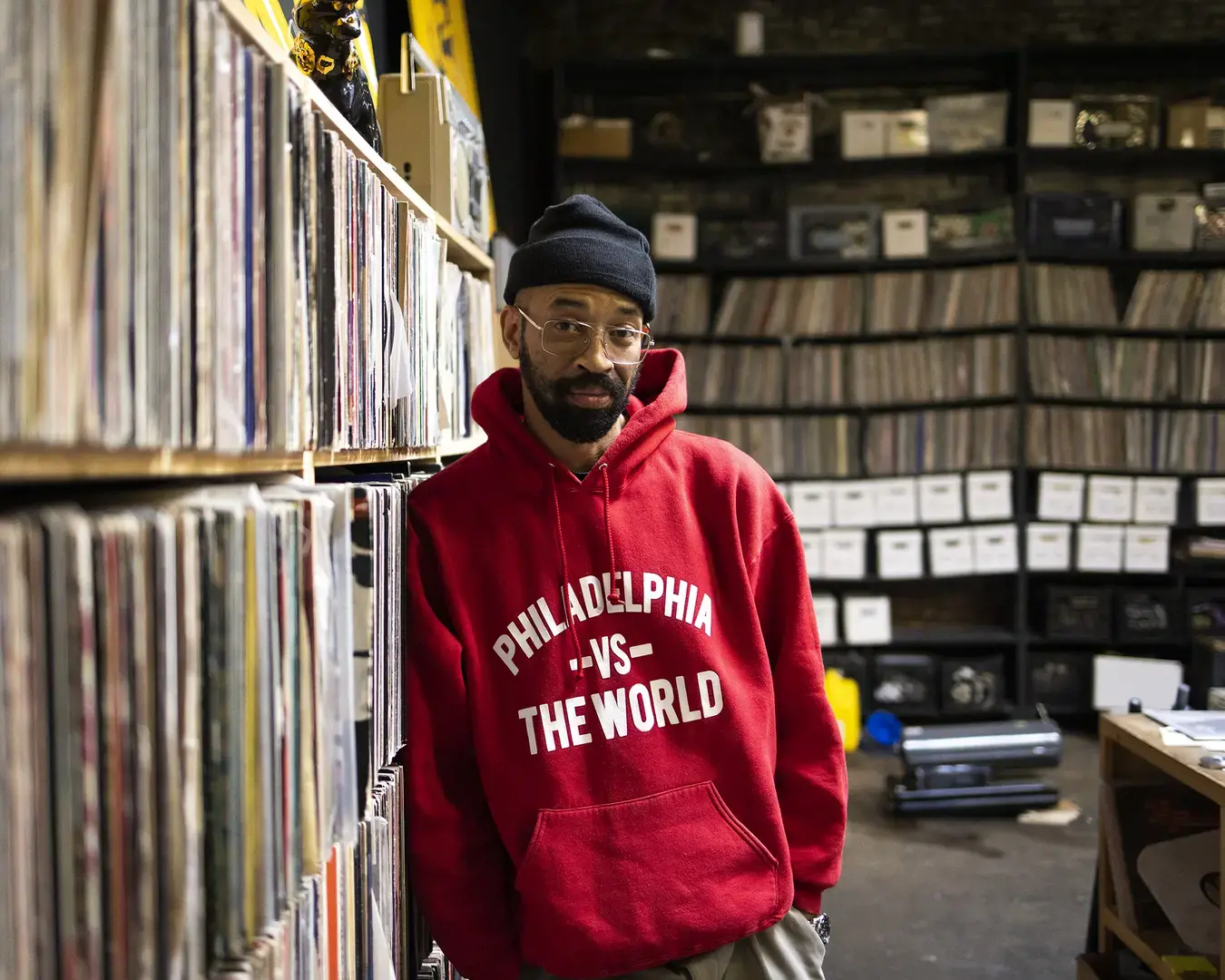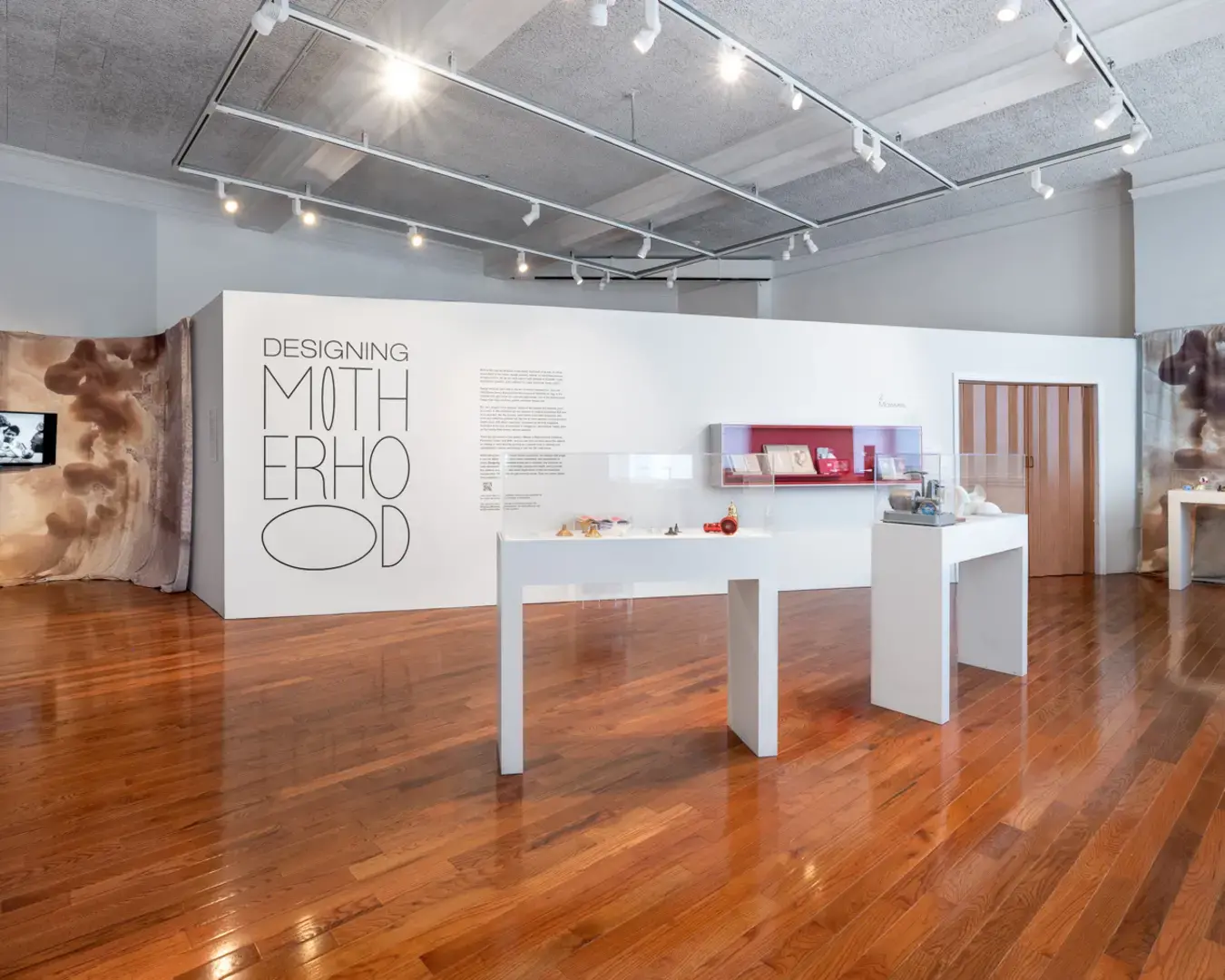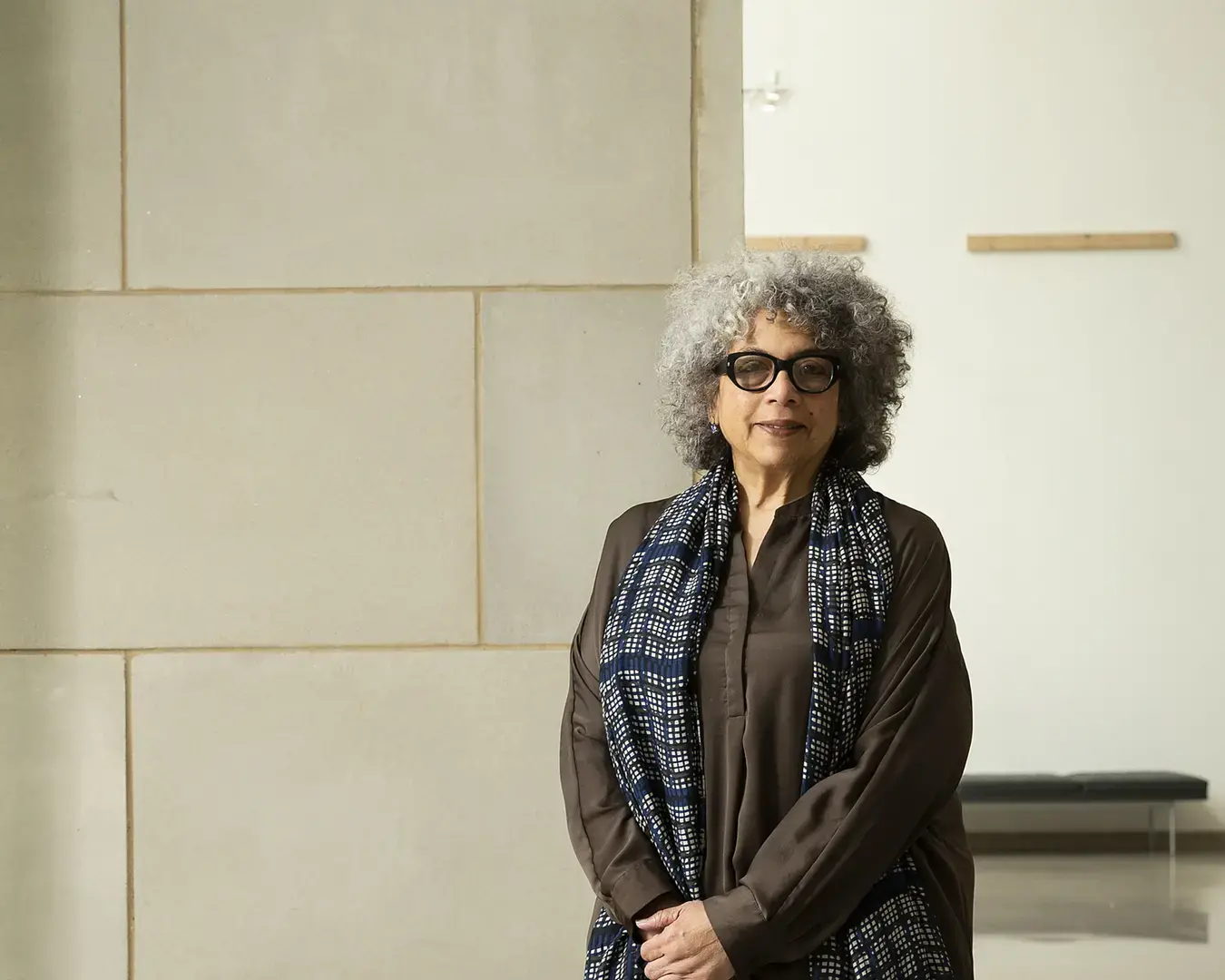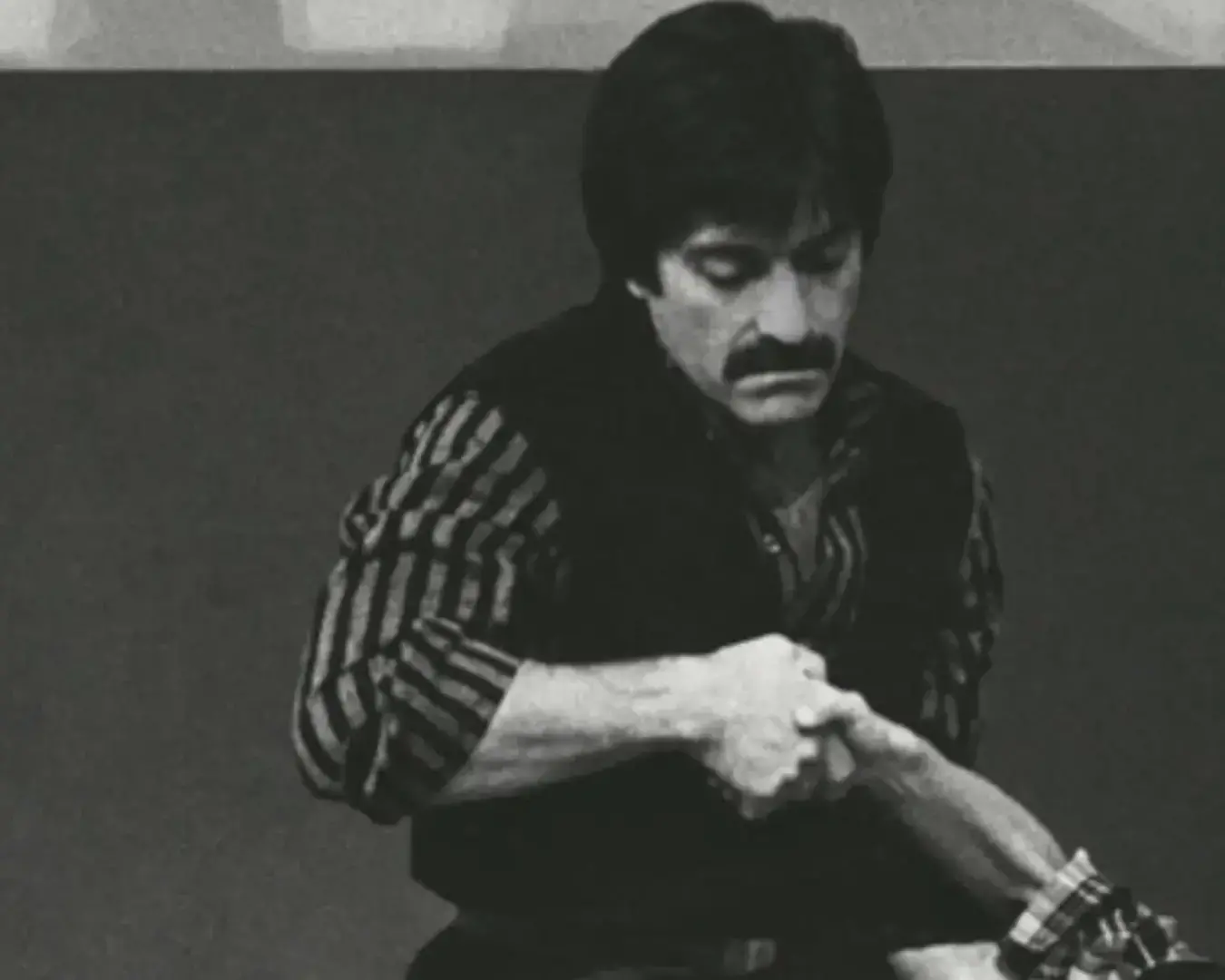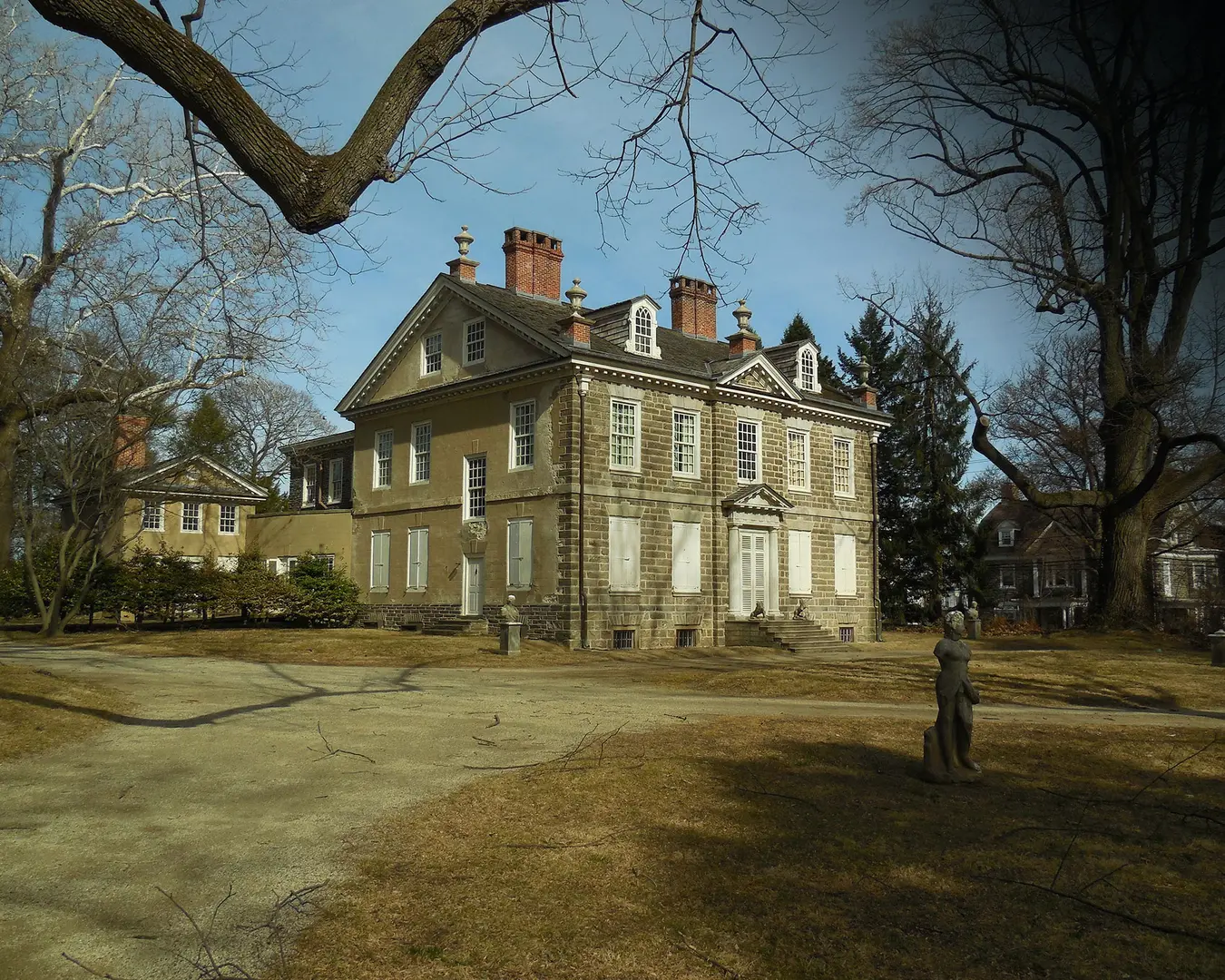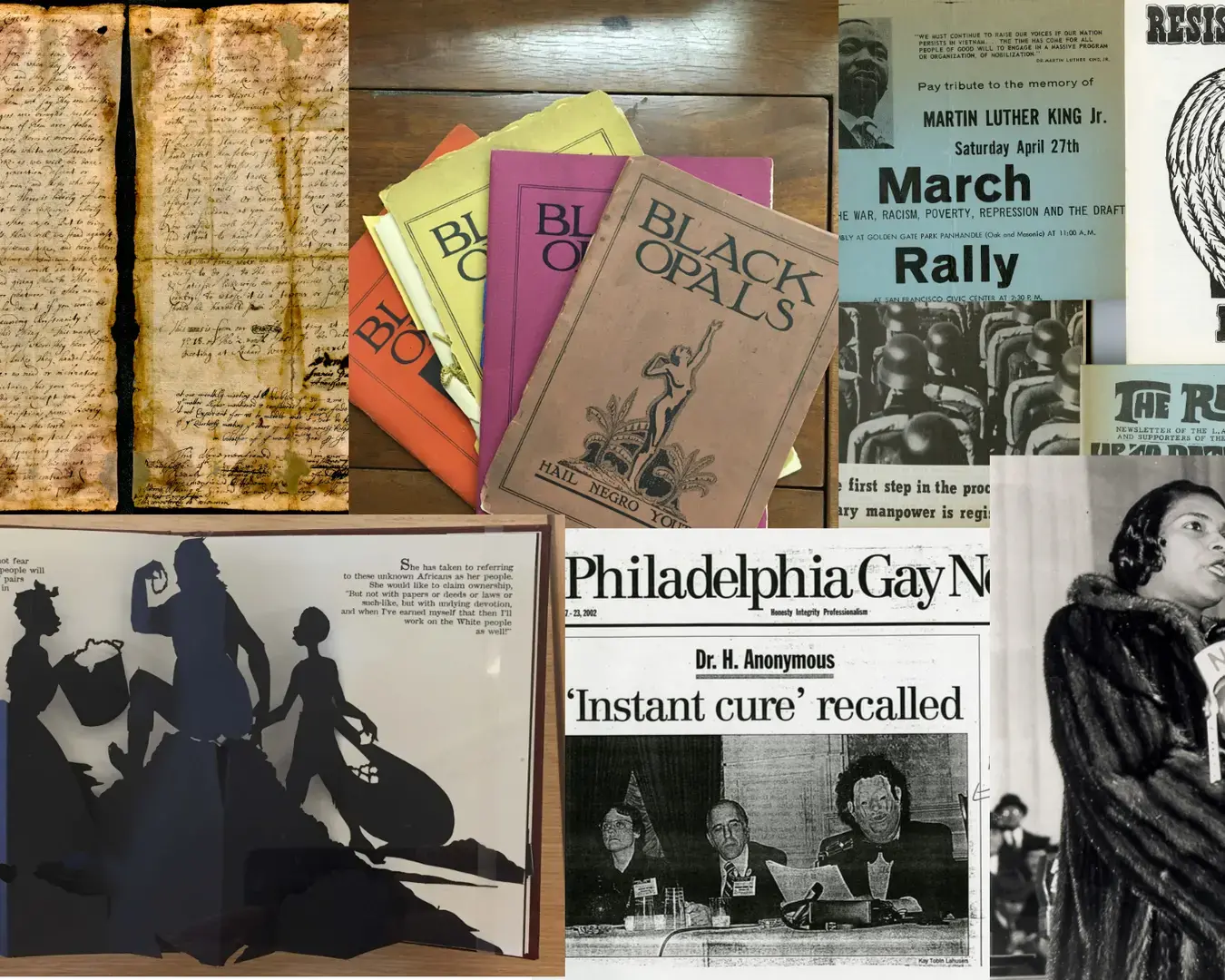Transcript permalink
It intrigued me that there really are no artifacts for the flu pandemic except a wave of death that comes and goes. Does it change infrastructure? No. Are there battlefields? No. There are gravestones but that's it. And since the pandemic occurred within the shadow of World War I, I thought this is a story that maybe has not been adequately told.
And it turns out there are a number of historians who debate the question of why do we not acknowledge this pandemic. Why does something of the magnitude of this pandemic, the worst one in human history that possibly killed between 50 and 100 million people, nobody knows for sure, why isn't it commemorated? Why isn't it discussed? And because it's a particular Philadelphia story, I thought I ought to investigate what resources we have to tell this story and also look at other institutions in Philadelphia that may have archives or artifacts that bear on the story.
Since we have a story that has few artifacts. But the ones we do have I think are going to strike people in very dramatic ways. And since what we are meditating on is a lot of death, 20,000 people and therefore 20,000 death certificates. We have to translate that into names, personalities so that people walking through the exhibit engage with specific people or begin to think about the names they see on the wall in their occupations.
The death certificates proved ideal for this purpose because the city had just put all 20,000 of them online. They'd been public records since 1918, but now they're easily accessible. We had to create a new database in order to serve an interactive. People have the opportunity to look at these death certificates as capsule biographies. They can look at their counterparts from 1918.
If you happen to be a schoolteacher, you can go to our interactive that access is all 20,000 of those death certificates and find out what other school teachers died. If you live in a house that was in Philadelphia in 1918, you can find out if somebody died of the flu in your very own home or on your own street. So it brings the flu into present day consciousness. This is one of the reasons we wanted to bring in an artist to think of some way to create a work of art that makes the transition for people from 1918 to present day circumstances and get some thinking
It's an opportunity to have a very particular kind of dialogue about public health in particular. One thing that we were lucky enough to do last year was we were the first ever artist in residence at the World Health Organization in Geneva. And so we spent a period of a few months visiting the WHO and meeting members of staff there and sitting in on the strategic health operations center, which is the kind of war room at the WHO where they monitor infectious diseases every morning at 9:00 AM.
All the experts gather in one room when they talk about the intelligence that's come in over the last 24 hours. And so to see that process went right in the moment they are looking for signals of infectious diseases of epidemics and pandemics and taking action to respond to it. At the same time as we had begun a discussion here with the matter about what happened in Philadelphia 100 years ago, it felt incredibly rich and resonant to us.
So it's a fascinating area. It's an area with social, political, aesthetic, cultural questions, all collide. Though it's a powerful and important moment to be to be tackling questions like this and for us to be thinking about as artists, how do we find a language to speak about this? How do we think about a way of communicating in a way of engaging the public about some of those broader questions, some of those richer and deeper questions that will draw from the historical record and illuminate the historical record? But in some way stand apart from it. That's been a fascinating process for us.
When the artist saw a 1918 photograph of a Philadelphia lamp post that had a patriotic banner on it that was used to decorate the streets for the Fourth Liberty Loan Parade of 1918, which was to stir up rah-rah patriotism to get people to empty their wallets to support the war effort. When they saw that photograph taken a week later, after the parade, that same poster was on the street lamp but superimposed was the sign, Spit Spreads Death as public health signs were very quickly put together and plastered anywhere.
This spoke to the rapidity of the onset of this disease at a time when everybody's concern was elsewhere. That is, what we're doing in France with our million and a half soldiers over there with a war that could be ending soon. So last there we thought the parade is the thing. We should capitalize on this parade and hold up a mirror to this parade to now. What if we held a parade not of the same magnitude of 200,000 people on several miles long, but something that spoke to that parade as a commemorative act?
We were very clear right from early on that we wanted to make something that was both honoring the people who died a century ago but also celebrating the work of public health. Public health is a major triumph of modern society. It is an incredibly complex system that functions to save tens of millions of our lives every year, year in, year out. And we wanted to acknowledge that and to acknowledge that the people who work in public health are little noted. There aren't really Hollywood films being made about vaccination drives an epidemic prevention. It is a form of celebration. It is a form of acknowledgment. And it's a form of remembering about what happened.
Permalink
